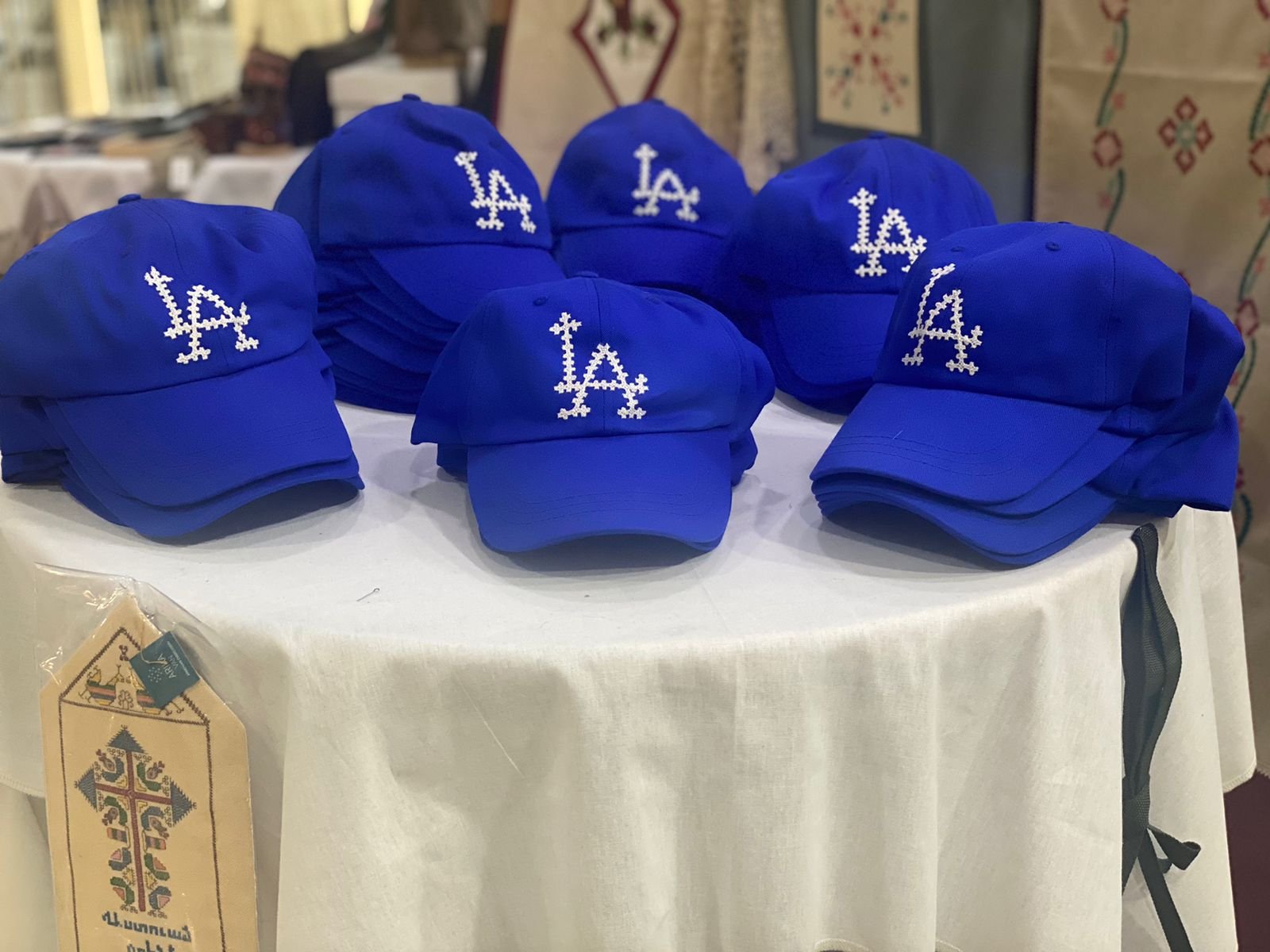
Author’s Note: This article would not have been possible without the support of my wife Sanan. Her vision provided direction for the piece, and I am grateful for her guidance.
The idea came to me one night when I was headed eastbound on the Queensborough Bridge. In an act of true coincidence, Nas came on my playlist as I passed over Queensborough. “Represent, represent…” he recited. I remember thinking, “Represent? Armenia? New York?” In the 20 minutes it took me to get to Holy Martyrs Armenian Day School and drive past our tri-color flag, the idea had already grown roots and was starting to blossom. I immediately called my wife, Sanan, to explain the vision and how Armenian-made baseball hats would be a great way for our diaspora to represent its hyphenated identities.
As a diasporan-born Armenian, I find it critical to stay true to my heritage by preserving her art and history while finding respectful ways of collaborating with my American culture. In a world that is ever evolving, we as diasporans need to evolve with it without losing our ancestral values. As such, most of my artwork tends to highlight the pop-culture from both identities that helped shape me. The same goes for the “Marash League Baseball” hats that have been the ultimate collaboration and bridge between my Armenian and American cultures.
Before I explain the production process of these hats after my epiphanic ride through Queens, I should start with where my interest in Marash needlework stemmed from. Neither my mother nor father are from the Western Armenian city of Marash, and so my knowledge of the traditional artwork doesn’t come from home. Like most of us, I’ve seen this style of embroidery when visiting the homes of elder family friends who had either pillows or tablecloths laced with such intricate designs. I can say, with humility and ignorance, that in my younger years I associated such things with the older generation—irrelevant to my make-up. It’s safe to say I was wrong.
It really wasn’t until I met my wife, Sanan, that I started to build an appreciation for the art of Marash needlework. On one of our earlier dates in New York City, she brought a rather vintage black clutch with her that was laced with gold yarns in beautiful patterns. That night she told me that the clutch belonged to her grandmother Aghavni Snabian from Beirut, Lebanon, and the intricate stitching found throughout the velvet façades of the clutch were indeed the traditional needlework of Marash. I was moved by her knowledge and appreciation of this nostalgic artwork, something I had never paid too much attention to.
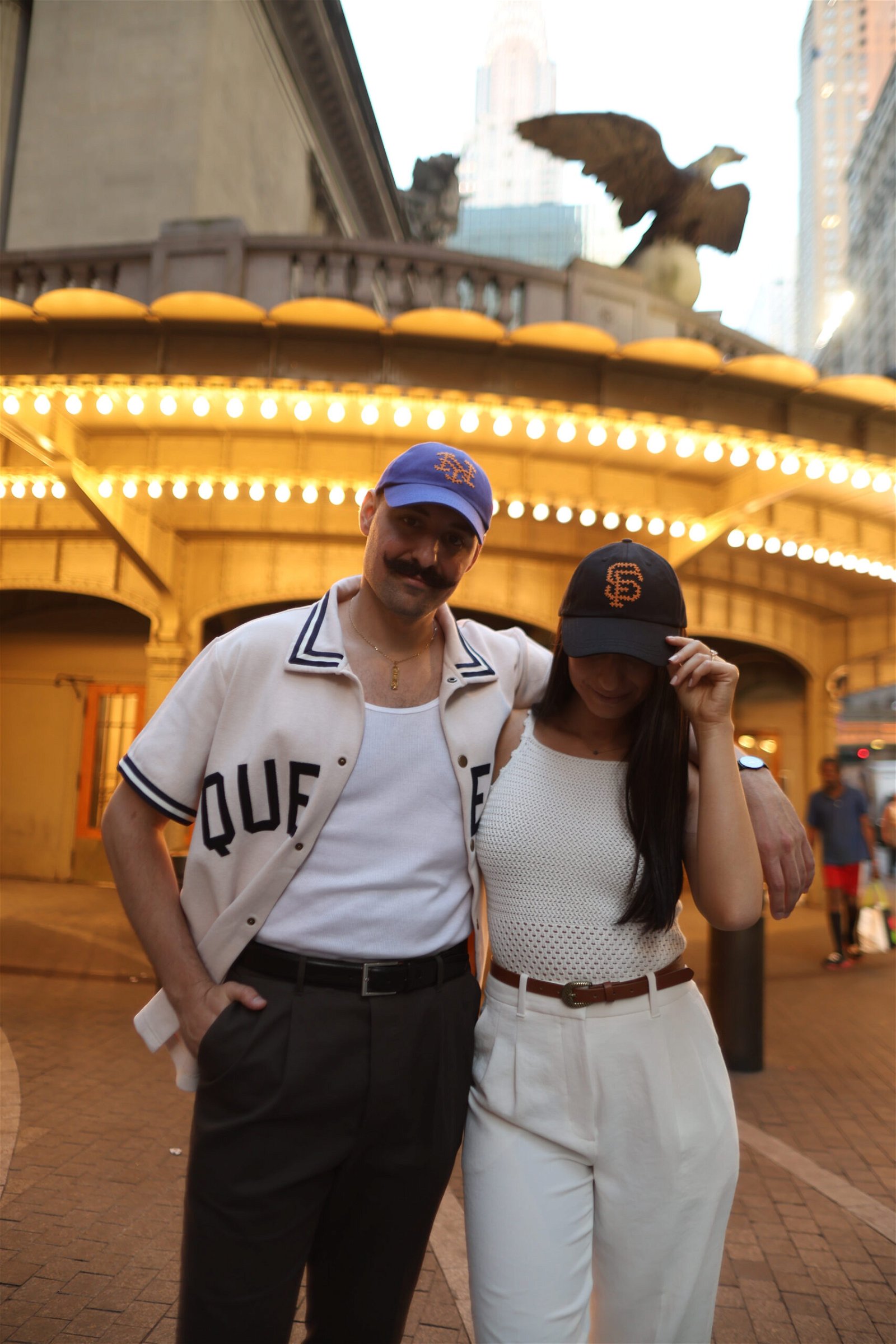
I noticed that at any outing and event we attended where Sanan proudly held her vintage clutch, fellow admirers of the art would approach and ask in amazement whether it was indeed the work of Marash needlework. It dawned on me that Sanan’s meaningfully curated style of complementing ancestral tradition with modern fashion was the inspiration I needed in order to keep this Armenian artwork alive. But how?
Four years ago, my family and I started a private label manufacturing company called Lorens NYC, where we focus on producing quality and luxury apparel in Armenia. As a family, we have been in the garment industry for over six generations, except now we were focusing our attention away from the usual production sources of the world to solely manufacturing in Armenia. Currently, we are in various stages of sampling, manufacturing and shipping luxury apparel for brands such as Mackage, Khaite, Alexander Wang, KITH and Derek Lam. Aside from producing for such posh and luxe labels, we also represent several factories in Armenia that manufacture quality tee shirts, socks and hats. With that said, I knew that manufacturing the hats in Armenia was doable, but identifying a source to add the traditional needlework to the hats was going to be the real challenge.
One day while scrolling through Instagram, I came across a story posted by my friend Patil Toutounjian, travel vlogger and founder of Tatik Streetwear. She was promoting her friend’s business, Arika Armenian Embroidery, which showcased several styles of traditional Armenian embroidery, all sewn onto objects such as wallets, Christmas ornaments, bags and much more. Nothing like your traditional pillowcase and tablecloth, this was a new take on the old tradition, something that I related to and needed to pursue. After speaking with Patil about this idea, she happily introduced me to Ayda Santourian Degirmenjian, founder and expert embroiderer of traditional Armenian needlework.
In speaking with Ayda, I came to learn that although she was from Aleppo, Syria and had moved to Armenia in 2012, her ancestral roots were in fact from Marash, Western Armenia. Ever since she was 10 years old, she had carefully watched her grandmother as she created beautifully intricate designs on pillows and other such items throughout the home. Arika is her grandmother’s name, and it only made sense to use as the company name when she founded it in 2012. Aside from the traditional style of Marash, Ayda is also able to embroider the traditional styles of Svaz, Van, Ainteb and Urfa. She is currently studying the traditional works of Cilicia as well as of Artsakh. She currently employs nine other embroiderers who bring their shared experiences and knowledge of these ancient needlework traditions.
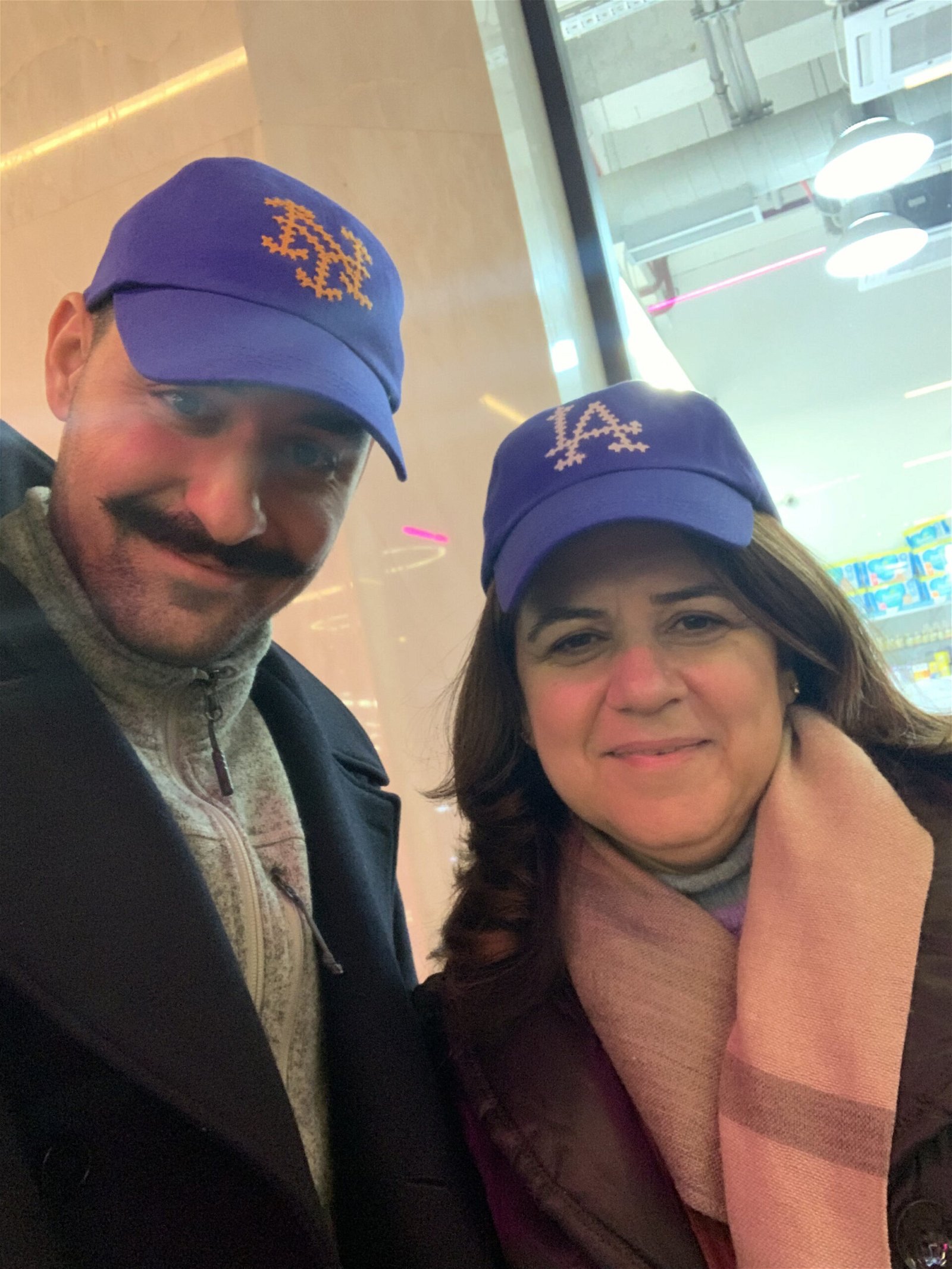
In a world that is ever evolving, we as diasporans need to evolve with it without losing our ancestral values. As such, most of my artwork tends to highlight the pop-culture from both identities that helped shape me. The same goes for the “Marash League Baseball” hats that have been the ultimate collaboration and bridge between my Armenian and American cultures.
Together we worked for several months to develop the city logos to fit in the mold of the traditional patterns of Marash needlework. Through drawing then hand sewing each of the logos, we were ready to move on to adding them to the hats. As mentioned above, I worked with a factory in Armenia to produce each of the hats in a variety of colors specific to the diasporan cities I wanted to represent: New York, Boston, Philadelphia, San Francisco and Los Angeles. From there, we moved the hats to the Arika Armenian Embroidery store located on the 4th floor of the Tashir Trade Center in Yerevan.
Each “Marash League Baseball” hat was handmade by craftswomen relying on centuries-old traditions. The hats were made lovingly with the nuances and feelings of each seamstress. True to my vision and desire, the production process employed more than 15 people in Armenia, from the hat manufacturer to the traditional embroiderers.
How does one keep Armenian culture alive while living as a diasporan? This is the age-old question that many of us either ask ourselves or are asked. In a world that is constantly evolving, we as Armenian must evolve with it while holding true to our culture, customs and traditions. With the “Marash League Baseball” hats, I think we can do just that, by stepping up to the plate and representing not just where we live, but where we as Armenians come from.
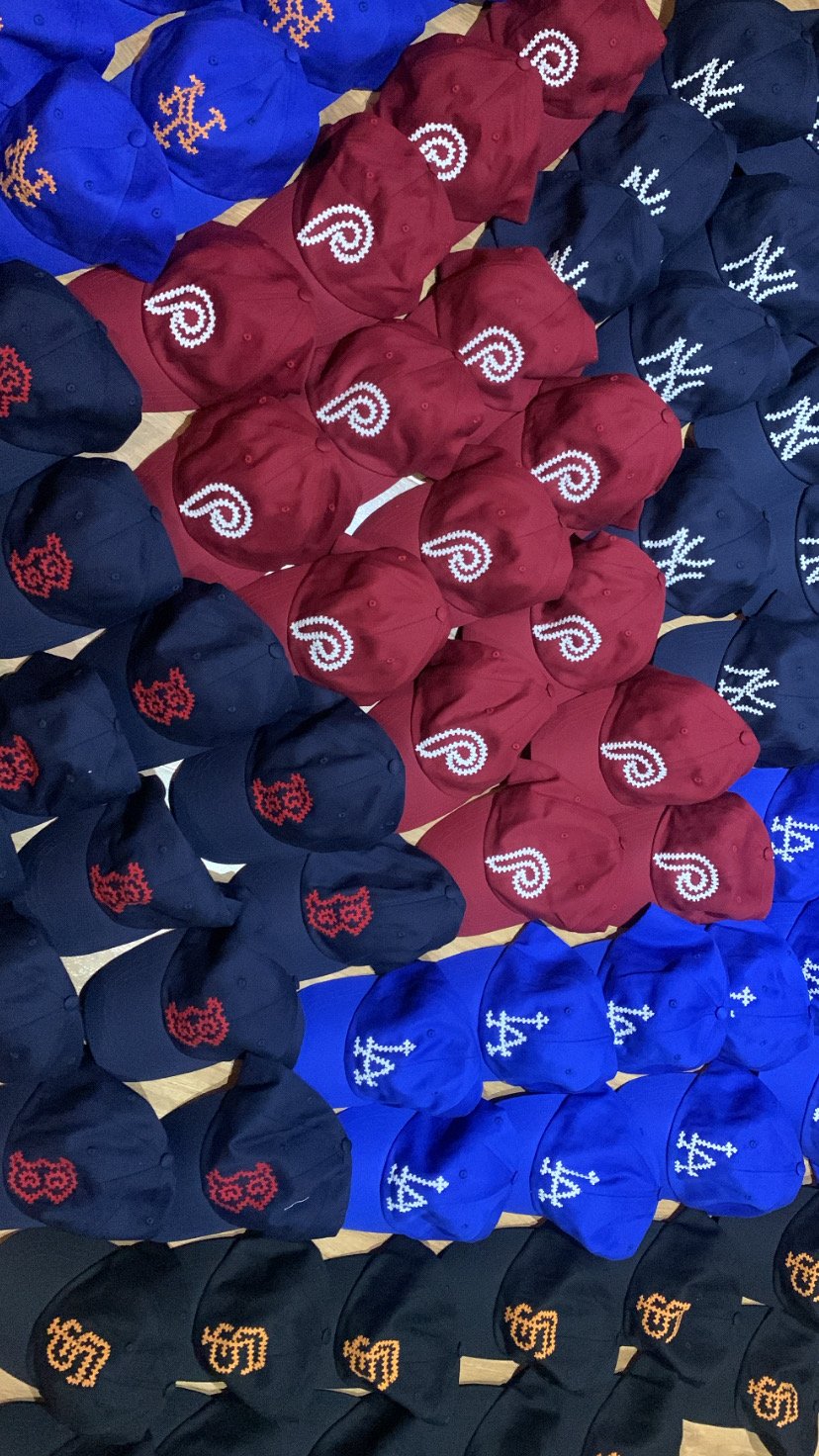


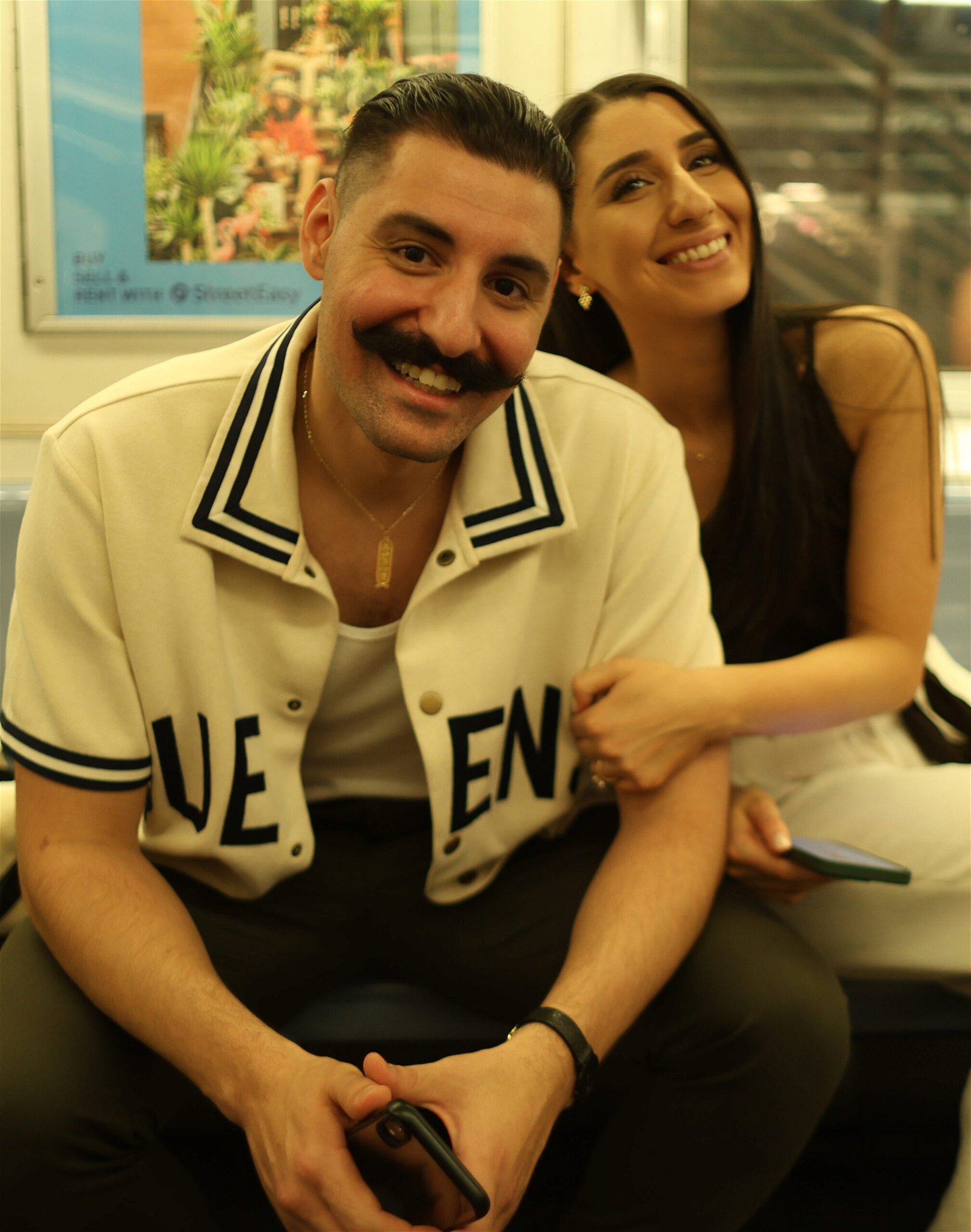
Be the first to comment